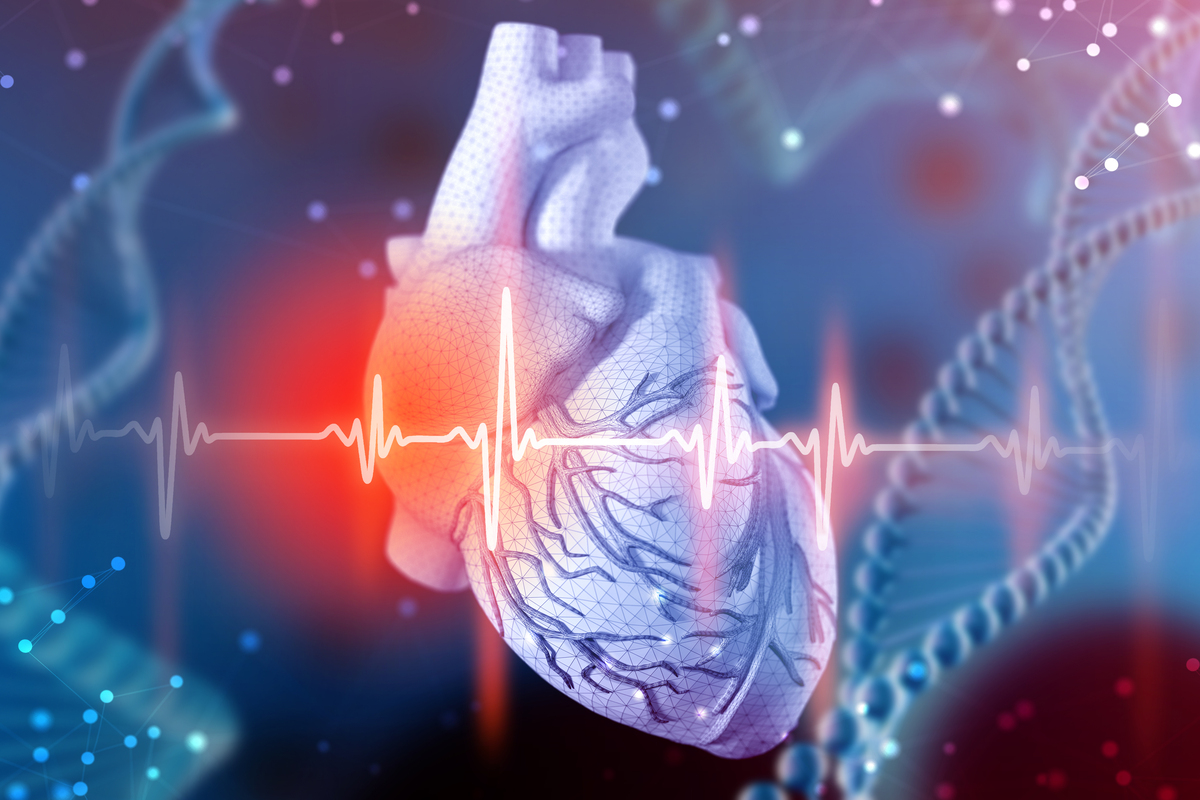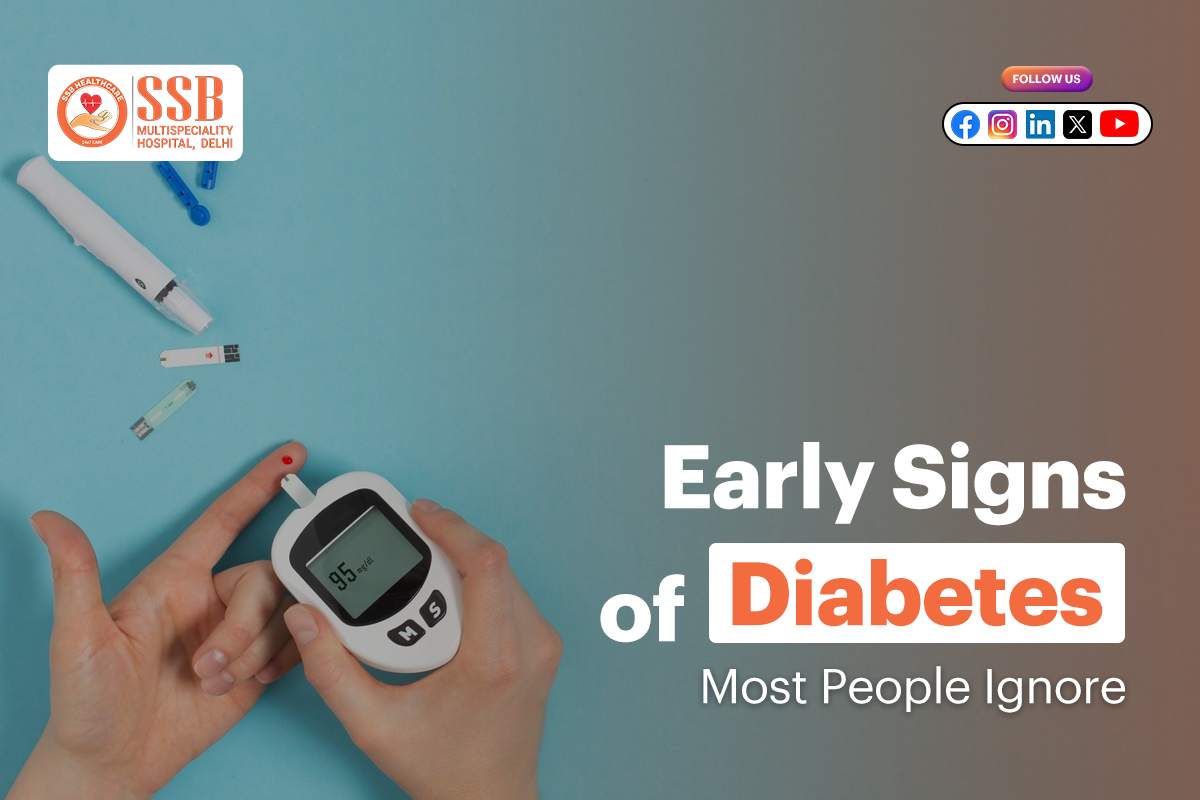 May 5, 2023
May 5, 2023
A: A heatstroke, also known as sunstroke, is a severe heat-related illness that occurs when the body's internal temperature rises above 40°C (104°F) or overheats due to prolonged exposure to high temperatures and humidity. This condition is a medical emergency and requires immediate treatment as it can be life-threatening.
In India, heatstrokes are a common problem, particularly during the summer months, when temperatures can soar above 45°C (113°F) in some parts of the country. According to the Indian Council of Medical Research, heatstrokes are responsible for a significant number of deaths during the summer months in India.
A: The symptoms of heatstroke can vary in severity and can be different for each person. Some common symptoms include:
High body temperature (above 40°C/104°F): One of the main symptoms of heatstroke is a high body temperature above 40°C (104°F). The body's natural cooling mechanisms are overwhelmed and fail to regulate body temperature. This can lead to a dangerous rise in internal body temperature, which can cause damage to the body's organs.
Rapid heartbeat and breathing: Another common symptom of heatstroke is rapid heartbeat and breathing. The body tries to cool itself down by increasing blood flow to the skin, which can lead to a rapid heartbeat and breathing.
Headache: Headache is a common symptom of heatstroke, which occurs due to the expansion of blood vessels in the brain caused by high body temperature.
Dizziness and confusion: Heatstroke can cause dizziness and confusion due to the effects of high body temperature on the brain. This can impair cognitive function, leading to confusion and disorientation.
Nausea and vomiting: Heatstroke can cause nausea and vomiting due to the effects of high body temperature on the digestive system. These symptoms may also be due to dehydration.
Muscle cramps and weakness: Heatstroke can cause muscle cramps and weakness, particularly in the legs and arms. This is due to the effects of high body temperature on the muscles and can be exacerbated by dehydration.
Seizures or convulsions: In severe cases, heatstroke can cause seizures or convulsions, which are caused by the effects of high body temperature on the brain.
Loss of consciousness: Heatstroke can cause a loss of consciousness in severe cases. This is a medical emergency and requires immediate medical attention.
A: Anyone can develop heatstroke, but there are certain factors that do increase the risk of developing it. They are:
Age: Older adults, particularly those over the age of 65, are at increased risk of developing heatstroke. This is because their bodies are less able to regulate temperature, and they may have underlying medical conditions that make them more vulnerable to heat-related illnesses.
Infants and young children: Infants and young children are at increased risk of heatstroke because their bodies are less able to regulate temperature compared to adults. They are also more susceptible to dehydration due to their smaller size and higher metabolic rate.
Chronic medical conditions: People with certain chronic medical conditions, such as heart disease, diabetes, and kidney disease, are at an increased risk of developing heatstroke. These conditions can affect the body's ability to regulate temperature and respond to heat stress.
Medications: People who are taking certain medications, such as diuretics, antihistamines, and beta-blockers, are at an increased risk of developing heatstroke. These medications can affect the body's ability to regulate temperature and respond to heat stress.
Outdoor workers: People who work outdoors, such as farmers, construction workers, and street vendors, are at increased risk of developing heatstroke due to prolonged exposure to high temperatures and humidity.
Athletes: Athletes who engage in strenuous physical activity during hot weather are at increased risk of developing heatstroke due to the increased metabolic heat generated by their muscles. This can impair the body's ability to regulate temperature and increase the risk of dehydration. This is particularly true if the individual is engaged in physical activity or is unable to access air conditioning or other cooling measures.
People who consume alcohol: Drinking alcohol can increase the risk of heatstroke. Alcohol can impair the body's ability to regulate temperature and respond to heat stress, which can increase the risk of heat-related illnesses.
People who are obese: Obesity can increase the risk of heatstroke. This is because excess body weight can make it more difficult for the body to cool itself down, particularly in hot and humid conditions.
A: To diagnose heatstroke, healthcare professionals will typically conduct a physical examination and review the patient's medical history, including any medications they may be taking. They may also perform blood tests and imaging studies to assess the extent of organ damage and identify any underlying medical conditions that may be contributing to the patient's symptoms.
A: When it comes to treating heatstroke, the goal of the treatment is to lower the body temperature as quickly as possible and manage any complications that may arise.
Some of the common treatments for heatstroke include:
Rapid cooling: The primary treatment for heatstroke is rapid cooling to lower the body temperature. This can be done by immersing the patient in cold water, applying ice packs to the groin, armpits, and neck, or spraying them with cool water. It's important to avoid using ice baths or extreme cold, as this can cause shivering, which can actually raise the body temperature.
IV fluids: Heatstroke can cause dehydration and electrolyte imbalances, which can lead to complications like kidney failure. IV fluids may be given to help restore fluid and electrolyte balance.
Medications: In some cases, medications may be used to help manage complications of heatstroke, such as seizures, low blood pressure, and irregular heartbeat.
Monitoring and supportive care: Patients with heatstroke may require monitoring in an intensive care unit to manage any complications that may arise, such as kidney failure, respiratory distress, or heart failure. Oxygen therapy may be needed if the patient is having difficulty breathing, and supportive care may be provided as needed, such as pain management and wound care.
A: Prevention is also key in reducing the risk of heatstroke. Here are some tips for preventing heatstroke:
Stay Hydrated:
Drink plenty of fluids, especially water, to stay hydrated. Avoid drinking caffeine and alcohol, as they can dehydrate you.
Dress appropriately: Wear loose-fitting, lightweight, and light-colored clothes that cover most of your skin when you go outside. Also, wear a wide-brimmed hat to protect your face and neck from the sun.
Stay indoors during peak hours: Try to avoid going out during peak sun hours, especially between 11 a.m. to 4 p.m. If you need to go out, plan your outdoor activities either in the early morning or late evening when it's cooler.
Take cool showers: Take cool showers or baths to keep your body temperature down.
Stay in cool places: Stay in air-conditioned rooms or other cool places, such as malls or movie theatres. If you don't have air conditioning at home, consider spending some time at a community center or public library to stay cool.
Use sunscreen: Use a sunscreen lotion with a high SPF factor (at least 30) to protect your skin from the sun's harmful UV rays.
Take breaks: Take frequent breaks if you have to work or exercise outside. Rest in the shade or in an air-conditioned room for a while before resuming your activity.
Check on others: Check on family members, friends, and neighbors who are at higher risk of developing heatstrokes, such as the elderly, young children, and those with chronic medical conditions.
Getting the appropriate medical treatment and care is crucial to avoid any associated medical complications.
To book an appointment, contact us at +91-9540 114 114.



2025 © SSB Heart and Multispecialty Hospital.